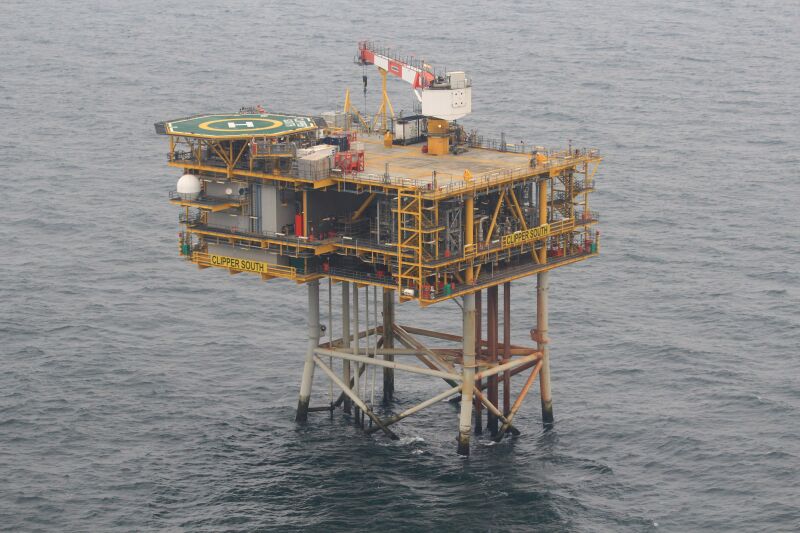TÜV SÜD National Engineering Laboratory (NEL) has launched a joint industry project (JIP) that will support regulatory authorities and industry to establish new standards and practices for the use of online oil-in-water (OIW) analyzers at remote locations.
The outcome from the JIP aims to provide confidence in using the analyzers for produced water discharge reporting at unmanned and manned sites. Guidance for the use of the analyzers was first developed in 2005, with manned installations in mind, and was not verified in the field.
This JIP will build on a previous NEL initiative (2019–2020), involving six operators and the UK regulator, the Department for Business, Energy & Industrial Strategy
(BEIS). The initiative kicked off in October 2019 and ran for more than 9 months.
The new JIP will verify the practicality by conducting up to three field trials of the proposed new methodology for accepting online OIW analyzers for reporting, develop a way for real-time uncertainty calculation for the analyzers, and update existing guidance from OSPAR2, BEIS, and Norsk Olje & Gas 085.
“While online continuous oil-in-water analyzers have been used by the global oil and gas industry for produced water management for many years, they have been limited to process trending for manned operations,” said Ming Yang, a principal consultant at TUV SUD NEL. “However, industry wants to increasingly develop unmanned and subsea separation systems to further maximize oil recovery and increase cost-effective production. This JIP is the next big step in making produced water discharge in remote locations a reality, by establishing industry standards and practices acceptable to the regulators in relation to the use of online oil-in-water analyzers for reporting.”
Benefits of OIW analyzers use include more-accurate measurement of oil levels being discharged into the ocean, a reduction in operating costs as the need for manual sampling and the use of chemicals for laboratory analysis will be minimized, and enabling unmanned oil and gas production.

